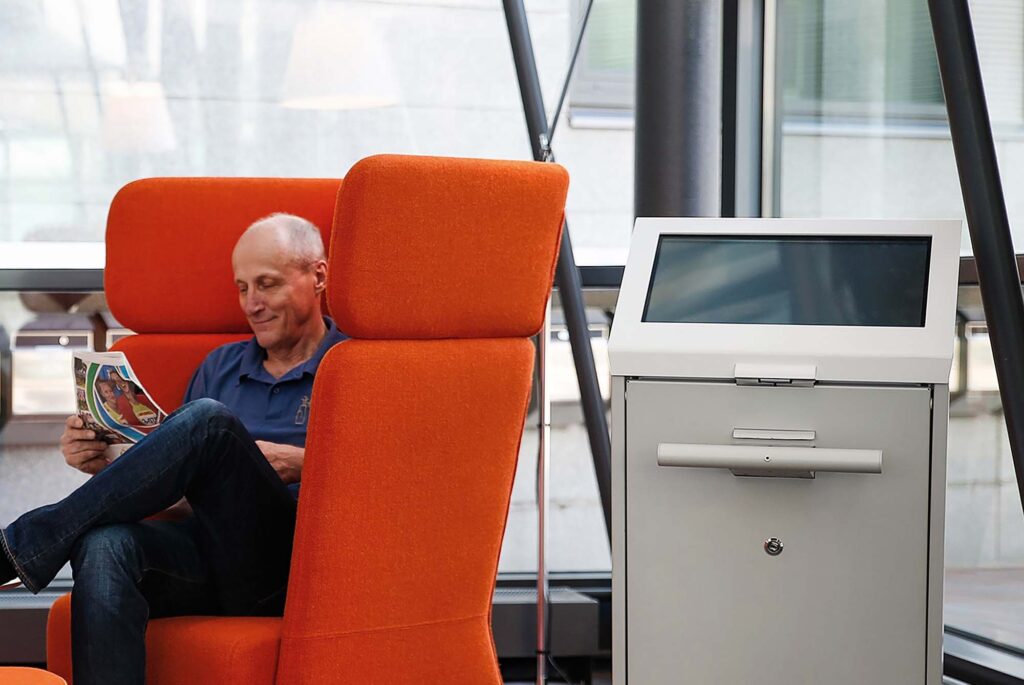As businesses in Malaysia continue to thrive and grow, managing customer flow has become increasingly important. One effective solution that has emerged is the use of customer flow management kiosks. In this article, we’ll explore what customer flow management kiosks are, how they work, and why they are beneficial for businesses in Malaysia.
What are Customer Flow Management Kiosks?
Customer flow management kiosk in malaysia are self-service machines that help customers navigate through a store or business establishment. These kiosks are designed to manage customer traffic flow, reduce wait times, and improve overall customer experience. They are often found in busy locations such as hospitals, banks, government offices, airports, and shopping centers.
How Do Customer Flow Management Kiosks Work?
The customer flow management kiosk process is simple and straightforward. Customers approach the kiosk and select the service they require. They can then input their personal details, such as name, phone number, or appointment time, and receive a ticket or confirmation number. The customer can then proceed to their designated area or wait for their turn to be served, without having to stand in long queues.

The kiosk can also provide real-time updates on the customer’s wait time or current status, allowing for more accurate wait time predictions. Additionally, the system can track and analyze customer behavior, providing businesses with valuable insights on customer flow patterns and peak times.
Why Are Customer Flow Management Kiosks Beneficial for Businesses in Malaysia?
The use of customer flow management kiosks can bring numerous benefits to businesses in Malaysia. For one, they help reduce customer wait times, which can significantly improve customer satisfaction. This can lead to increased loyalty and positive word-of-mouth recommendations.

Moreover, customer flow management kiosks can help businesses optimize their resources, as they can allocate staff and resources more efficiently. This can lead to increased productivity and cost savings.
In the current climate, customer flow management kiosks are also beneficial in minimizing physical contact, which is critical for maintaining public health and safety. By reducing physical interactions between staff and customers, these kiosks help mitigate the risk of disease transmission.
Conclusion
In conclusion, the use of customer flow management kiosks in Malaysia is a trend that is gaining momentum. These self-service machines are an effective solution for businesses that want to manage customer traffic flow and improve customer experience. By reducing wait times and optimizing resources, businesses can achieve greater efficiency and cost savings. As such, it is likely that we will continue to see more businesses adopt this technology in the future.

